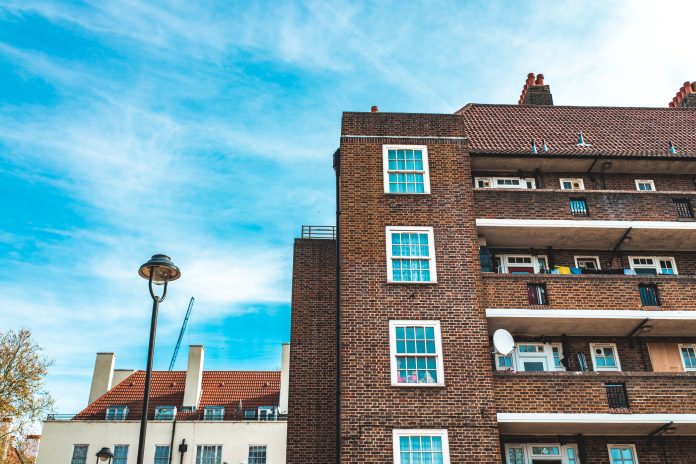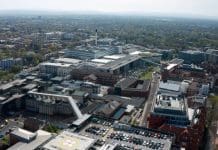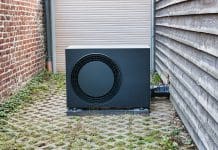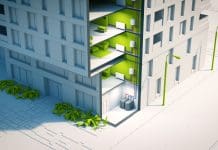IES, a net-zero technology firm, has collaborated with Dublin City Council on a digital twin project which has identified how social housing renovation can be efficiently decarbonised
ISE completed the modelling of three residential tower blocks on Lower Dominick Street, using digital twin technology. It assessed the full carbon impact and efficiency of four renovation strategies that regenerated vacant buildings built in 1962.
These strategies were:
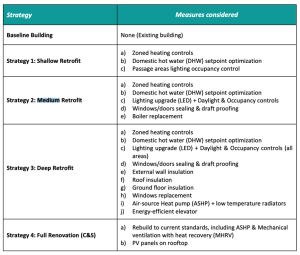
IES used a whole-life carbon approach to the project, which considered operational and embodied carbon, and found that the strategies aligned with the council’s 2030, 2050 and beyond climate targets.
Embodied carbon defines the emissions associated with construction and materials used throughout the whole life cycle of a building. It is a vital part of sustainable building analysis, but it is frequently overlooked.
Identifying the least efficient sources of energy in social housing renovation
Digital twinning uses real data and physics-based simulations to create virtual replicas of buildings which behave as they would in real life. By calibrating data from existing social housing energy bills, IES could determine which strategy would lower emissions the most, allowing them to identify the largest sources of energy consumption.
The study found that most of the energy consumed was used for space and water heating. This information helped IES identify retrofit strategies that could lower carbon emissions associated with those uses.
The high share of energy used for space heating suggested low efficiency in current systems and poor operational strategies, such as the lack of zone control to avoid heating in unoccupied spaces. This also pointed to poor building conditions in existing social housing that lead to high dispersion of the generated heat to the outside of the building. The need to continuously store hot water at a high temperature for immediate use also had a high impact on energy.
The results of the analysis, published in the Dublin City Council Climate Resilient Housing Report, found that Deep Retrofit was the best strategy for social housing renovation over a 60-year period.
Deep retrofit can significantly reduce carbon emissions
Through the use of deep retrofit, each residential block can achieve around an 85% reduction in cumulative emissions. In light of the findings, Dublin City Council can make evidence-backed decisions when developing its carbon regeneration strategy to refurbish social housing buildings.
“This project has demonstrated the results that can be achieved through working collaboratively, exchanging knowledge to drive innovation and meet targets. IES’s digital twin technology has confirmed the importance of retrofitting to reduce our emissions. We hope that the results can be utilised to inform future projects,” said Sabrina Dekker, climate change coordinator at Dublin City Council.
The project will help Dublin City Council to reach its emissions reduction and retrofitting targets for social housing, as well as housing delivery targets. Developing new assessment strategies for derelict buildings is becoming increasingly important as the government imposes more climate change targets.
“Retrofitting vs demolition continues to be a widespread debate, particularly as higher targets are imposed to tackle climate change. With around 80% of the buildings that will exist in 2050 likely already built, retrofitting has a key role to play in decarbonising our built environment and driving energy efficiency. Whilst demolition is sometimes unavoidable, it increases emissions through embodied carbon and materials required for rebuilding,” explained Don McLean, founder and CEO of IES.


